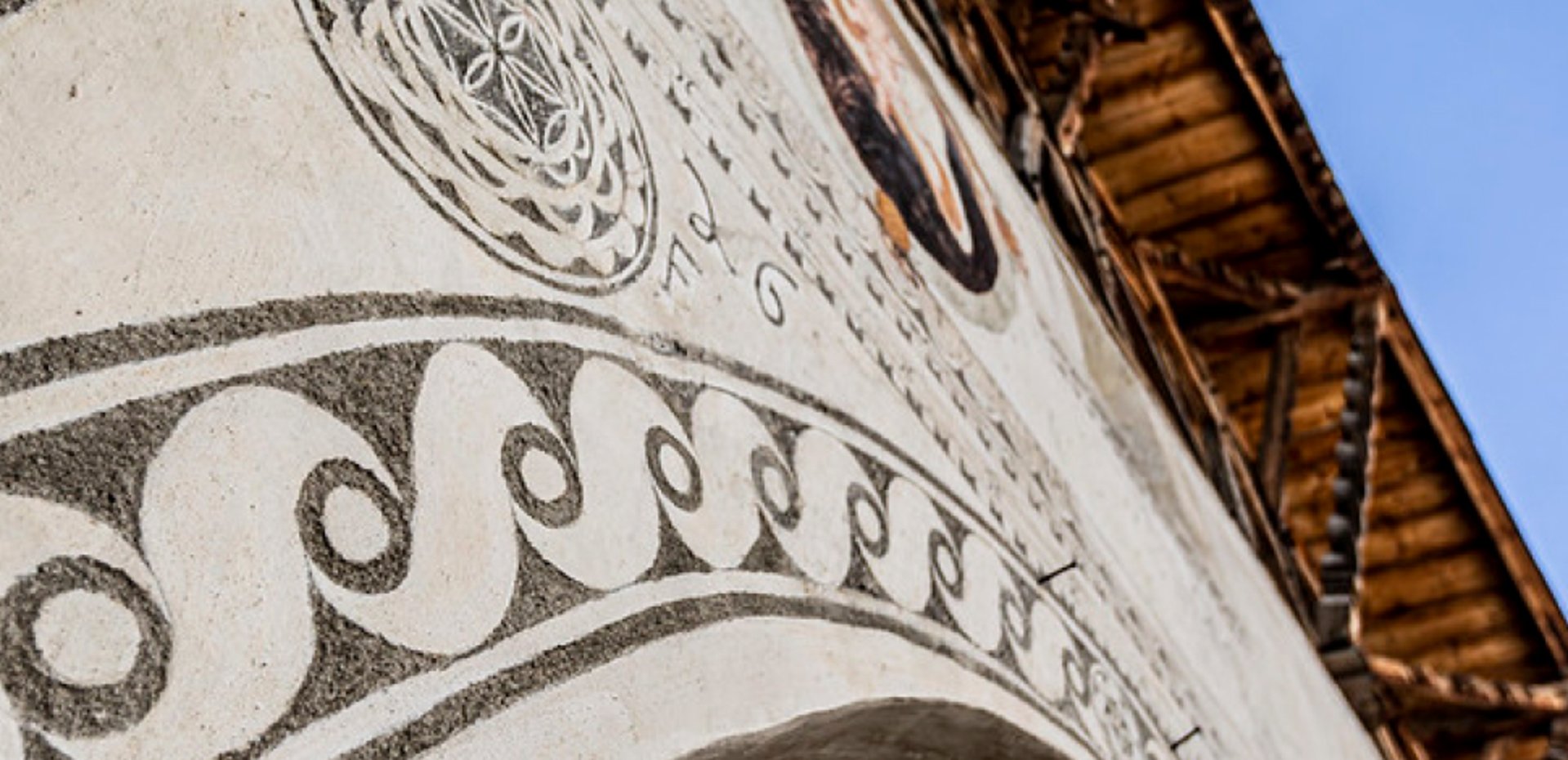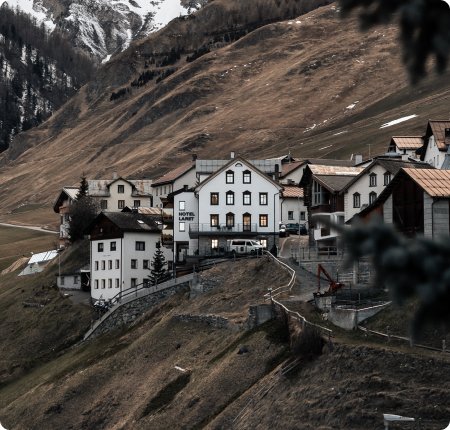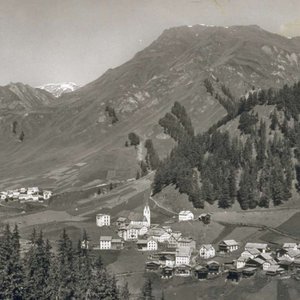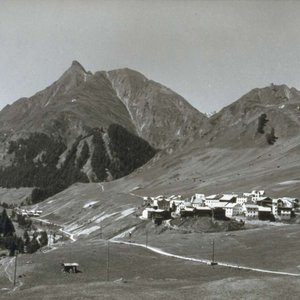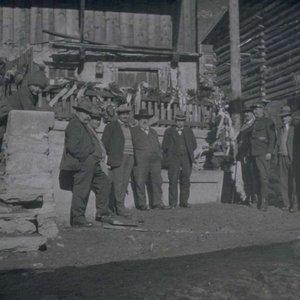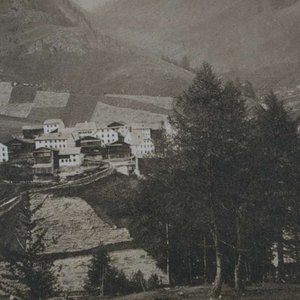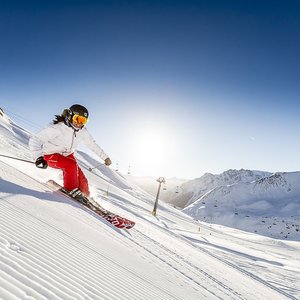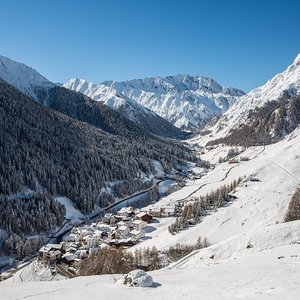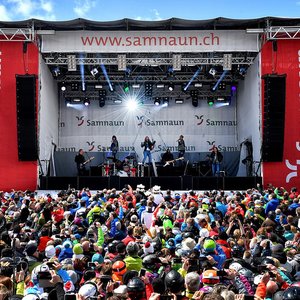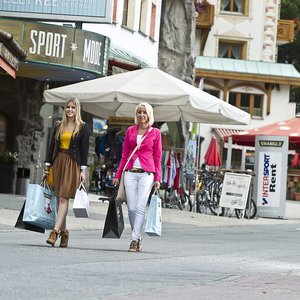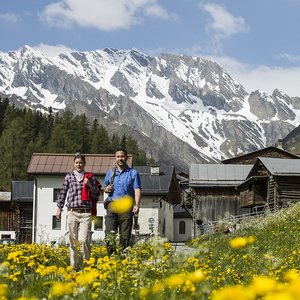With this new road, the main reason that had once persuaded the Federal Council to exclude Samnaun, had become redundant. While the road was still built, the customs administration pondered the question of whether the municipality of Samnaun should perhaps become part of the customs system again.
However, the municipality of Samnaun, the Ramosch district office and the Small Council advocated for the special status to be retained. The costs for border guards and facilities were enormous compared with the expected customs revenue, they said. While the Swiss confederation would not have derived any advantage from this, it would have increased the cost of living for the people of Samnaun. And so the customs administration decided that it was better to maintain the exclusionary status
The direct road to Engadin now proved to be an excellent source of income and an excellent market. However, the customs border with Switzerland now turned out to be a disadvantage. Now import duties had to be paid for goods from Samnaun. However, the people of Samnaun were granted customs exemptions. The relevant businesses were given quotas for the import of goods from Samnaun into Switzerland.
Now tourism, the economic sector of Samnaun which was never mentioned when the customs status was granted, has become the mainstay of their income. After the opening of Samnaun road it did not take long before the first hotels appeared in Samnaun-Dorf. The first guests visited Samnaun in the twenties, and the village soon became an important winter sports resort. At the end of the thirties, Samnaun-Dorf and Compatsch already had eight hotels with 300 beds.
During the Second World War, tourism waned. However, a new era was born with the foundation of the Samnaun-Compatsch spa and tourist association in 1951. The first ski lift was built in 1954, and soon more followed. By 1971 the number of beds had increased to 800. At the beginning of the seventies tourism slumped again. It was the construction of the cable car in 1977/78 and the opening up of the Silvretta Arena with Ischgl that brought a revival.
